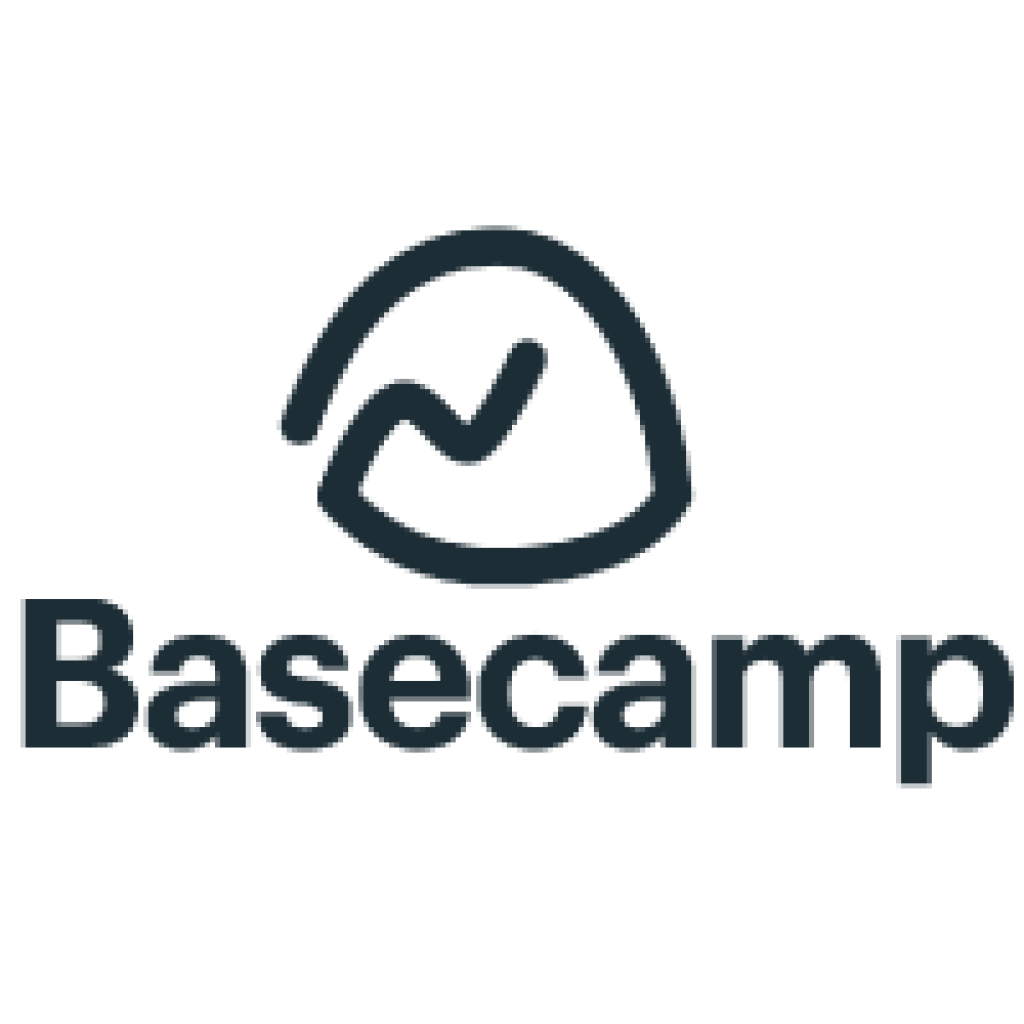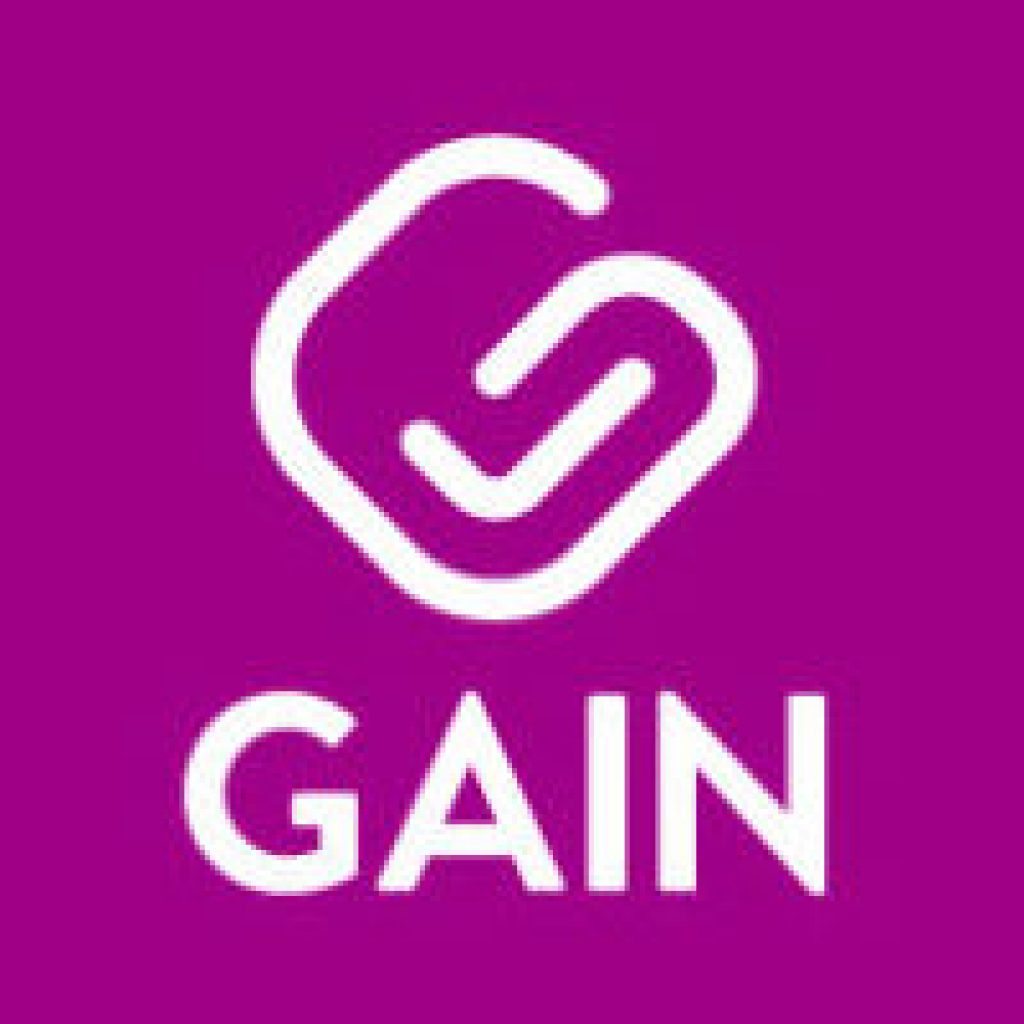Ease Overwhelm & Uncertainty with 3 Simple Systems

Burnout hits nearly every entrepreneur and creative at some point.
Your neck and shoulders ache. Your temper is irrationally short. You are more reactive than creative. You worry more than wonder. It feels like there is no time for envisioning the near-future because everything feels immediate and urgent. But if you keep pushing forward this way, you might just self-combust.
I found myself at the brink of burnout not too long ago. Between hosting online masterclasses and webinars and delivering client work, responding to global crises and social upheaval, not to mention tending to my home and family, my creative energy was sapped.
I returned to a question I’ve lived for a while:
How do we motivate ourselves to stay on track with our meaningful endeavors and enterprises when life is turned upside down and when our mind buzzes every which way except where we need it to?
Over the past 25 years, I’ve immersed myself in studying the nature of concentration and creativity. I’ve found that if you juggle multiple projects, you can get anxious and burn out for one of at least three reasons:
- You feel overwhelmed by having too much to do with too little time.
- You fear you will forget to do something or that you’ve already forgotten something.
- You in fact forgot to do something.
One response to this overwhelm and uncertainty is deceptively simple – and it seemingly has nothing to do and yet everything to do with any deep work or big endeavor. You develop business systems. Business systems involve sets of processes, tools, people, partnerships, and strategies that synchronize to help you work smarter. Establishing clear workflows can ease your anxiety, streamline your efforts, and improve your productivity. But of course, implementing these systems is easier said than done.
In my work, I speak to highly accomplished professionals, thought leaders, creative entrepreneurs, and service providers who still seem to fly by the seat of their pants. They expend finite time, focus, and emotional energy by not taking advantage of these simple systems.
The ever-curious among them get distracted by shiny object syndrome, always chasing the next idea rather than laying a foundation for their ideas to flourish. Others bemoan the idea of spending hours organizing instead of doing or creating or delivering. It’s a good point. You could obsess over color-coding files and learning tools that you then forget about.
But taking a little time up front to develop fundamental business systems will actually help you feel more rested, focused, and fulfilled so you can advance your deep work rather than fret over minor details.
Here are three simple systems to help you free up your focus, override anxiety, and find your flow.
- Online calendar scheduling system for clients and team members.
I could never keep up with typical paper office schedulers. They were one more notebook I had to juggle. And they’re generally not pleasant or pleasurable to work with.

Enter Google Calendar and Calendly, which conveniently syncs with my iCal to show clients or team members, clients, prospects, and people from media outlets my availability and ensure I’m not double-booked. These small programs changed my happy, productive life a few years ago. They’re both intuitively designed to help keep your calendar top of mind without being too obtrusive.
The color-coding features help me see at a glance when I have client meetings, when I have writing and research time, when I have client preparation scheduled, and so forth. Because I do spend several hours a day at my desk, reminders help my wandering mind remember where it’s supposed to be.
I cannot emphasize enough the importance – and immense relief – of having an online calendar and appointment scheduling tool.
- Content calendars & workflows.
Journalists and newspapers have been using editorial calendars for decades, but it’s only in the past few years that more businesses have realized the value of a shared content calendar.
Content calendars give you a bird’s eye view of all the newsletters, articles, videos, podcasts, webinars, etc. that you plan to publish in a given month. To avoid clutter, I would recommend that you have a separate content calendar for social media, but more on that next.
Internally, this high-level overview helps you…
- Plan and organize campaigns around important dates,
- Track each piece of content in the development and publication process,
- And develop cohesive and consistent messaging that enhances your perceived expertise in the eyes of your audience.
Externally, a content calendar establishes a regular posting rhythm that fosters consumer habits and builds anticipation. Your followers will be more likely to read your content and engage with it if they know when it’s coming.
At Tracking Wonder, we use Google Sheets to outline our monthly content topics and note important dates. Sharing settings allow you to control who can edit, view, or comment on the spreadsheet so you can keep the whole team in the loop without having too many cooks in the content kitchen, so to speak.

We also use a tool called Basecamp to assign tasks to specific team members and set due dates for drafts, revisions, and publishing. Reminders help keep everyone on task and the platform streamlines communications so you don’t have to sort through your email inbox to find notes.
We also use a tool called Basecamp to assign tasks to specific team members and set due dates for drafts, revisions, and publishing. Reminders help keep everyone on task and the platform streamlines communications so you don’t have to sort through your email inbox to find notes.
Finally, we use WordPress for our website and our blog. WordPress offers post scheduling, SEO optimization tips, a Google analytics dashboard so you can see which posts perform best, and some other useful features. Be sure to check what tools your web hosting platform offers.
A coordinated content calendar can not only help you plan ahead: it also makes it easy to look back at all that great material you’ve published so you can repurpose content and squeeze the most value out of all that you produce.
- Social media management systems.
Social media management can feel like a full-time job without the proper organizational systems in place. Our social media guru Wyatt Shomion of Rocket Publicidad chimes in with his tips for streamlining your social:
Platforms like Facebook, Twitter, Instagram, and even LinkedIn are powerful tools to spread your message and magnify your impact. However, social media can also exhaust your attention and disrupt your flow. “Fortunately,” Shomion says, “there are a plethora of tools out there to help structure your content and manage your posting schedule so that social media doesn’t detract from your goals.”

First: collaboration is key. Wyatt uses Gain, which is a great resource to develop a collaborative workflow across multiple social platforms. As he describes, “It allows for content to move seamlessly between teams – from design to optimization and approval to scheduling.”
Gone are the frantic emails asking where content lives and the days of disjointed images to copy pairings. Gain can also shorten the time between creation and publication so your content can be more responsive and relevant, helping you to connect more deeply with your audience.
Otherwise, scheduling tools such as Hootsuite and MeetEdgar can help you and/or your team coordinate when your posts on multiple channels will be published.
Second: set up a review and revision schedule. “By establishing a biweekly or weekly revision schedule,” Wyatt says, “you can ensure that you are staying current and culturally relevant while respecting your time. Having a team that can provide the occasional emergency piece of content necessary to meet the moment can be great, but rhythm is what will help keep you grounded and allow you to focus on the bigger picture.”
May these systems help you on your quest to captivate and elevate your ever-growing audience – your patch of the planet. And if you know of helpful tools that I didn’t cover, please share what works for you.
What tools help you organize your mind and actions? What rituals help you prioritize and organize? Join the conversation.
I find that these systems are becoming increasingly common in the business world. Social media management, content creation, and the like, go a long way in increasing workflow. The same can also be said for the integration of tools like cloud computing, allowing easy storage and access of data.
Rob,
Thanks for your perspective. Yes, so many tools – if discerned well – can improve our work flow.
Discernment of which tools and systems seems essential.
Take care.